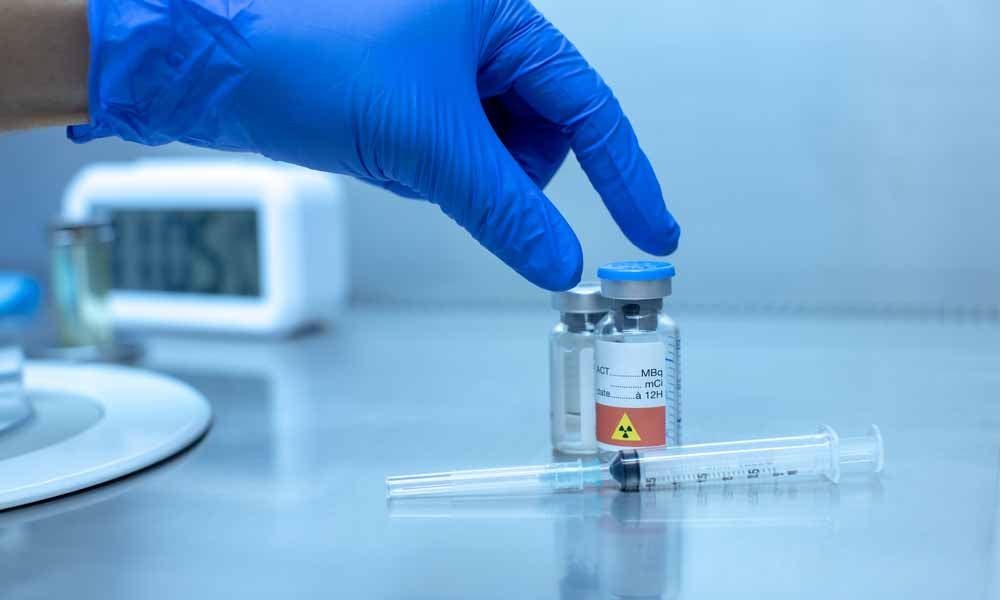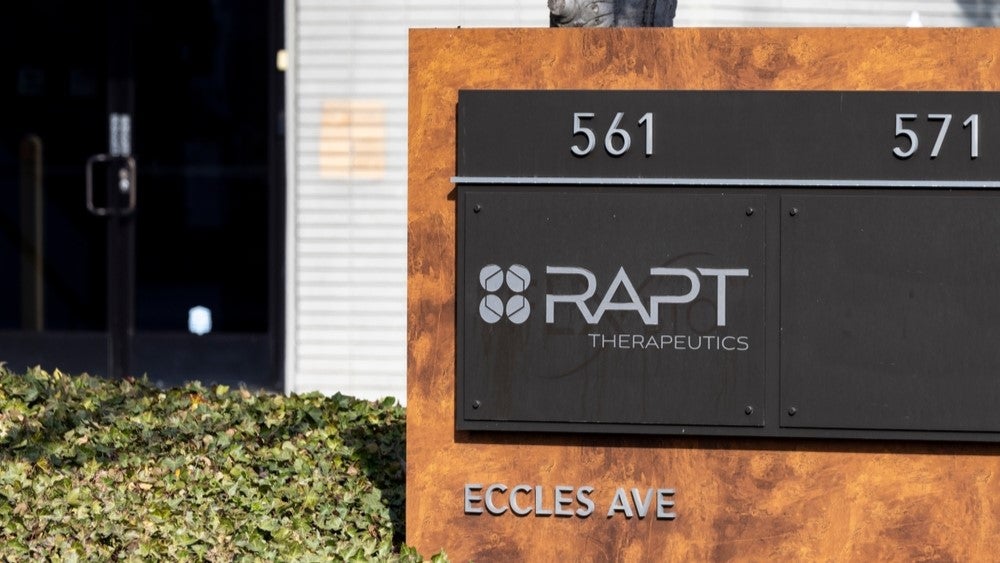Dementia Action Week 2024, which starts today, shines a spotlight on Alzheimer’s disease, the most common cause of dementia.
The approval of several drugs for Alzheimer’s such as Eisai’s Leqembi (lecanemab) and Biogen’s Adhuelm (aducanumab), which was later withdrawn, in recent years has spurred activity in this space, not just for new drugs but also diagnostics.
Now, all eyes are on Eli Lily’s donanemab, which had positive data released from a Phase III study last year and is up for approval. In March 2024, the US Food and Drug Administration (FDA) requested an advisory committee meeting to get a ‘better grasp’ of the unique design of the Phase III TRAILBLAZER-ALZ 2 trial (NCT04437511), particularly how patients were selected based on levels of the tau protein.
Tau proteins help stabilise the structure of neurons, but in Alzheimer’s, they become tangled, disrupting cell function.
The use of tau levels to determine patient treatment is a highly debated topic. To be enrolled in the clinical trial for donanemab, patients had to meet certain criteria on tau PET scans. Data from the trials has shown that low tau levels may correlate with better outcomes. Therefore, it could be beneficial to understand which patients will benefit the most from treatments.
However, PET scans that observe tau levels are expensive, priced at thousands of dollars per scan.
New methods to measure tau and other biomarkers are in development. Several companies are developing diagnostic blood tests, with Roche recently winning a breakthrough device designation from the FDA for its Elecsys pTau217 plasma biomarker assay.
Another company developing a tau-based blood test is the Massachusetts-based Sunbird Bio, whose APEX platform is a proprietary diagnostic system that detects extracellular vesicle (EV)-bound tau proteins in blood. One of the challenges with blood tests is that when clumped proteins stick to EVs, only a few can pass the blood-brain barrier, making it difficult for blood tests to detect them.
A study conducted by Sunbird demonstrated that its platform could accurately detect tau protein clumps in the brain, achieving a high accuracy with an area under the curve (AUC) of 0.93 for brain EV-bound tau.
Sunbird’s executive chair John McDonough emphasised the need for blood tests to monitor patients' progression. While PET scans are used initially in diagnosing a patient: “They have nothing for monitoring the progression of the disease. Is the patient improving? [Are they] getting worse? When do I stop treating a patient?” said McDonough.
McDonough highlighted that the test serves as a diagnostic for Alzheimer’s, but ultimately the goal is to use the test as a prognostic tool: “The ultimate goal here is to prevent the disease. Today we're focused on detecting and treating, but there are studies ongoing, which we expect to be a part of, looking at asymptomatic patients, and trying to detect aggregated beta-amyloid, tau, etc, and treat a patient early, so that you can prevent the onset of disease.
Though McDonough highlighted that the ultimate goal of disease prevention is more than a decade away, for now, the Alzheimer’s disease space continues to wait on a verdict for donanemab to understand the utility of these tests.
“We don't just have an opportunity, we have an obligation to develop these tests and make them as accessible as we can in the US and around the world,” concluded McDonough.
According to a report on GlobalData’s Pharma Intelligence Center, the Alzheimer’s disease market size will be $15.9bn in 2030 globally.















